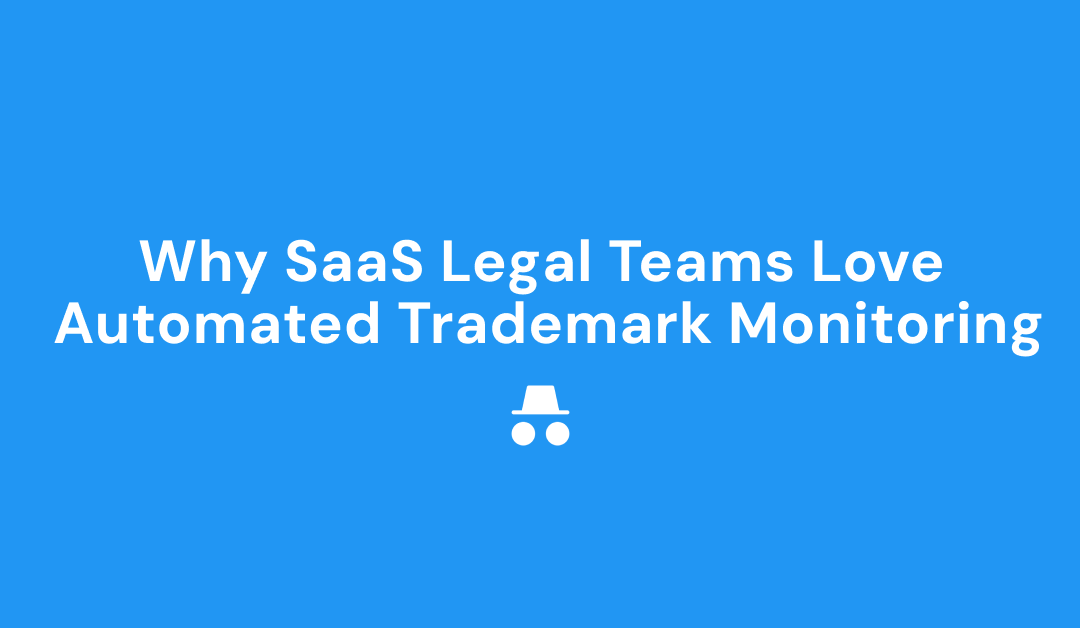Let’s paint a picture:
- It’s 11 PM. A SaaS legal counsel is knee-deep in Google Ads reports, squinting at Auction Insights like it’s Where’s Waldo? but with trademark violators.
- Their desk? Buried in screenshots, spreadsheets, and half-written takedown requests for Google.
- Their mood? Let’s just say “I did not go to law school for this” is muttered hourly.
Sound familiar? If your legal team is stuck playing trademark cop instead of strategic advisor, it’s time to talk about why automated trademark monitoring is their new best friend.
Reason 1: It Turns “Needle in a Haystack” into “Needle Found. Haystack Burned.”
Manual trademark monitoring is like sending your legal team on a global scavenger hunt with no map. Competitors pop up in Dubai one day and Denmark the next, using sneaky variants of your brand name (looking at you, “[YourBrand]zz.com”).
Automated tools like Adlertiser do the dirty work:
- Scan 24/7: No time zones, no weekends off.
- Flag violations in real time: “Hey, Competitor X in the United States just bid on ‘[Your Tool] free trial’” → alert.
- Compile evidence: Auto-generated reports with timestamps, screenshots, and URLs.
Legal teams get to swap “Did we check Germany this week?” panic for “Here’s the violation – submit this to Google” clarity.
Reason 2: It Stops “Groundhog Day” Syndrome
Without automation, trademark enforcement is stuck on repeat:
- Find violations.
- Spend hours reporting it.
- Competitor disappears… then reappears 2 weeks later.
- Repeat until retirement.
Automated monitoring breaks the cycle:
- Track repeat offenders: Spot patterns (e.g., Competitor Y always targets Germany on Mondays).
- Global enforcement: Submit takedowns in 10 countries as fast as you can say “Article 6ter of the Paris Convention.”
- Proactive defense: Get alerts before a violation snowballs into a brand reputation crisis. Or a Google Ads ROI 20% decrease.
Legal teams ditch firefighting mode and finally focus on preventing fires.
Reason 3: It Makes Them Look Like Wizards (Minus the Robes)
Nothing impresses the C-suite like delivering a report that says:
“We prevented $82k in wasted ad spend last quarter by stopping 37 trademark violations across 15 countries.”
Automation gives legal teams:
- Data-driven credibility: Hard numbers to show ROI (instead of vague “we’re working on it” updates).
- Cross-departmental hero status: Marketing loves them for protecting CAC. Finance loves them for saving budgets.
- Time to tackle big-picture work: Like negotiating licensing deals or updating IP policies – you know, the stuff they actually want to do.
Reason 4: It’s a Sleep Aid (In the Best Way)
Let’s be real: Manual trademark monitoring is a one-way ticket to burnout city. Automated tools mean:
- No more 2 AM screenshot marathons.
- No more arguing with Google over “insufficient evidence.”
- No more explaining to the CEO why a competitor’s “[Your Brand] sucks” ad ran for 3 weeks unnoticed.
Legal teams sleep better knowing violations won’t slip through the cracks – and they can finally use their PTO without a laptop in tow.
The Bottom Line
Automated trademark monitoring isn’t just a “nice-to-have.” For SaaS legal teams drowning in ad reports and takedown forms, it’s a lifeline. It transforms them from overworked detectives into strategic enforcers – with better job satisfaction and fewer gray hairs.
So, if your legal team is still manually hunting violations, here’s their sign to stop babysitting Google Ads and start automating.
P.S. Adlertiser works while they sleep. (And yes, we’ve heard it’s “life-changing” from actual SaaS legal teams.) See how it works →

